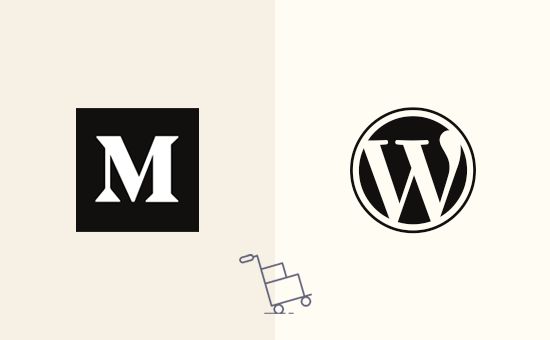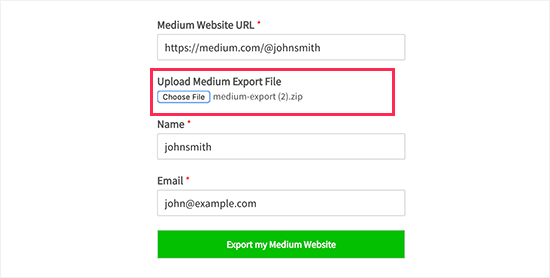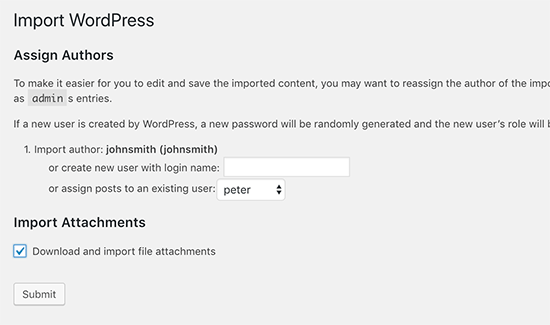How to Properly Move from Medium to WordPress
Do you want to move your Medium blog to WordPress? While Medium is a decent blogging platform, it is certainly no match for the flexibility of WordPress. In this article, we will show you how to properly move your blog from Medium to WordPress without losing your content.

Why You Should Move from Medium to WordPress?
WordPress is the most popular blogging platform in the world. It powers more than 32% of all websites on the internet.
WordPress is very easy to use, incredibly powerful, and easy to customize. To learn more about WordPress and what you can do with it, see our complete WordPress review with pros and cons.
Now, when we say WordPress, we are talking about self-hosted WordPress.org. Not to be confused with WordPress.com, which is a hosted platform. For a full comparison see our article on the difference between WordPress.com vs WordPress.org.
While Medium is a good blogging platform for new writers, many users quickly realize that it’s quite limited when compared to WordPress. You don’t have full control of your website and customization options. You also can’t monetize it the way you may want to.
If you have decided to switch from Medium to WordPress, then we want to congratulate you on making the right decision. We have created this complete step by step guide to help you move all your content from Medium to WordPress.
Bonus Free Offer: Since a lot of users have asked for this, we are now offering a free Medium to WordPress migration service as part of our free WordPress blog setup. This means one of our expert team members will do the entire migration for you (100% free). Yes, you can literally switch from Medium to WordPress without any risk.
However, if you are someone who likes learning and doing things yourself, then you can follow our step by step tutorial below.
Here is a breakdown of all the steps that we will be covering in this step by step tutorial:
- Install and Setup WordPress
- Export your Medium stories
- Import Medium stories into WordPress
- Import Images from Medium to WordPress
- Setup redirects (If you have a custom domain on Medium)
- Installing a WordPress theme
- Installing essential WordPress plugins
- Improving your WordPress skills
Video Tutorial











